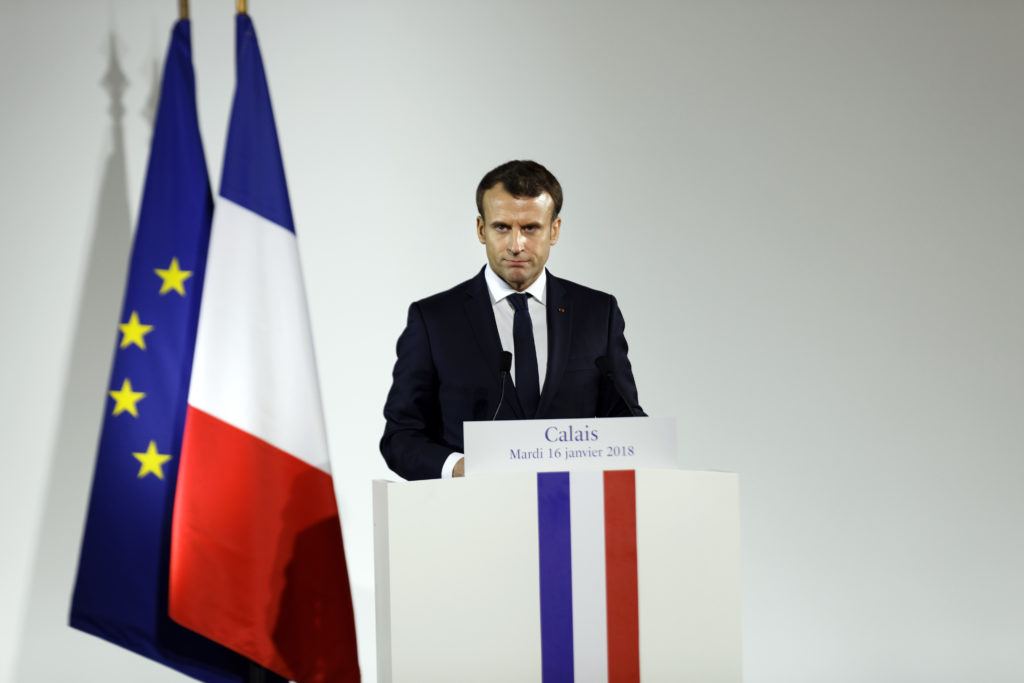Credit: Getty
Whatever you think about it, ‘fake news’ is one of the terms of our era. Last year Collins gave it the accolade of ‘word of the year’. The UK Parliament’s Culture, Media and Sports Committee is carrying out an investigation into the phenomenon. The US President this week announced the winners of his unilaterally held ‘fake news awards’.1 The French President, Emmanuel Macron, has a number of times promised not merely to battle fake news but to actually ban it, especially during elections. Battling fake news would appear to be an attractive and enobling place to be.
To be opposed to ‘fake news’ is to award yourself not only the role of arbiter of what is true and what is fake, but the position of someone who is themselves putting out (or giving an imprimatur to) true news. It is a position that is enormously flattering. When the New York Times or CNN present themselves as opposing ‘fake news’ they suggest not only that they can identify what is false but that what they are putting out themselves is truthful. With digital platforms snapping at the old media’s heels, this is a particularly propitious meme for such media to push. The old media can suggest that while they hold the flame of truth it is the upstart new media who have let all the sluices up and allowed the whole pitch to be spoiled. This attitude is not just morally advantageous for them but also potentially financially advantageous. What a joy it is when these two things just happen to coincide.
But if everyone in politics and the media does not wish to die in a great circular firing squad, all clinging to their own ideas of what is fake or not, it might be worth trying to agree on some standards.

The first is a recognition that there are at least three broad categories of what is now called ‘fake news.’ These are
- News that is wholly made up.
- News that is partially made up.
- News that may be true but which fits a particular ideological slant.
Of course within these different varieties of fake news no media company or individual is necessarily guilty of consistently putting out just one particular variety. Certainly there are numerous websites that put out the first version. They tell you the ‘truth’ about the assassination of JFK and often go on to promise in pushed adverts that assure you that you can earn a fortune by working from home or promise to grow parts of the reader’s anatomy. These sites push the first variety of fake news but the mainstream media can also on occasion push the first variety. They get a story wrong or report a story that is based on nothing.
More often with the old media, they print or report stories which, while not entirely made up, are substantially inaccurate. And as Tim Montgomerie has pointed out, this type of fake news is not confined to the media. It has polluted purportedly ‘factual’ television dramas.







Join the discussion
Join like minded readers that support our journalism by becoming a paid subscriber
To join the discussion in the comments, become a paid subscriber.
Join like minded readers that support our journalism, read unlimited articles and enjoy other subscriber-only benefits.
Subscribe